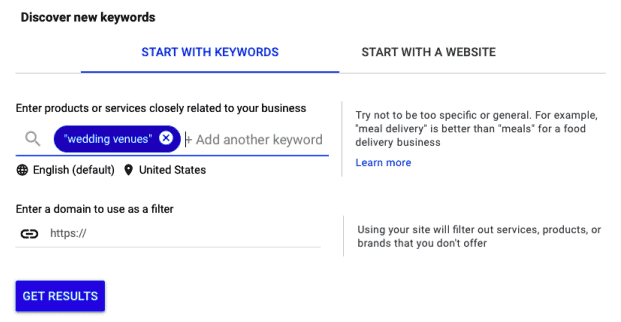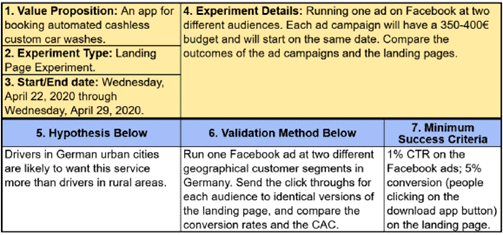A review of
UX Strategy, 2nd Edition
O’Reilly Media, Inc
267 pages, 10 chapters
About this book
by Jaime Levy
A good reference for Methods/How-To, UX Theory, and Case Studies
Primary audience: Researchers, designers, and technical roles who are new to the topic, have some, or significant experience with the topic
Writing style: Humorous/light, Matter of fact
Text density: Mostly text
Learn more about our book review guidelines
UX Strategy attempts to narrow the knowledge gap between product design and business strategy. It is an excellent resource packed with practical advice and examples for increasing collaboration between team members and stakeholders and ensuring the focus stays on building products users want and need.
The first two chapters introduce product strategy, the plan explaining what your business aims to achieve with a product or service, and the author’s four tenets of UX strategy:
1) Business strategy
2) Value innovation
3) Validated user research
4) Frictionless UX
The remainder of the book explores these tenets in more detail.
The book is well-organized and can be followed linearly or used to reference specific sections. You won’t only learn about the ‘what’ of each topic but, more importantly, the ‘how’ is covered in great detail. There are numerous step-by-step guidelines, complemented by screenshots and other visual examples.

Figure 4-8: The Google Ads Keyword Planner tool for accessing Google data about the popularity of search terms
In addition, you can access a complimentary toolkit with templates for competitive research, user research studies, and designing experiments that test business concepts. The toolkit could help you collaborate with your team and organize your work.
The third chapter defines the initial value proposition, a concise statement summarizing the unique benefits customers can expect from your product or service. Business strategy and validated user research are the tenets explored here. After covering the basics and providing clear examples from well-known products like Airbnb and Slack, you’ll learn about five detailed steps for validating that real customers will want your product or service’s proposed solution. Expect a mix of customer discovery techniques and user research tools.
The steps are
1) Define your primary customer segment
2) Identify your customer segment’s (biggest problem)
3) Create provisional personas based on your assumptions
4) Conduct customer discovery to validate or invalidate your provisional persona and problem statement
5) Reassess your initial value proposition based on what you have learned
Next, you will find two chapters dedicated to competitive research and analysis. Whether you’re new to competitive research or more experienced, chapter four is bursting with practical ideas and tips for conducting competitive research. The author also highlights opportunities for bringing product design and business strategy closer. For example, she highlights the advantages of utilizing a UX lead or team member for competitive research, including their ability to spot opportunities for interaction design improvements.
To help build consensus within your team, the chapter on Storyboarding Value Innovation combines value innovation with frictionless UX for creating storyboards. The main idea is to get your team members on the same page before moving on to developing prototypes and experiments, where all four tenets finally meet in chapter seven. From a list of popular prototyping tools to the steps for rapidly prototyping a value proposition, this section will help you get a prototype ready for conducting online research.
The chapter on conducting online user research is an excellent example of how pragmatic this book is. First, the purpose of user research and the differences between quantitative and qualitative research are described. After that, the three main phases of planning, interviews, and analysis are introduced, along with the time needed for each. From here, you’ll get step-by-step guidelines for recruiting participants, conducting interviews, analyzing the results, and presenting your findings. A more quantitative chapter, Designing for Conversion, is dedicated to landing page experiments and online advertising analytics. Again, everything from marketing funnels to advertisement design and presenting results is covered.
UX Strategy 2nd Edition is an invaluable reference for entrepreneurs, leaders, or individual contributors involved in creating digital products or services. Levy’s expertise is evident through her comprehensive exploration of UX strategy, providing actionable insights and practical guidance for effectively aligning user needs with business objectives.

Figure 5-5 Direct competitor analysis example (Wedding Spot)

Figure 9-8 Landing Page Experiment Design tool in the UX Strategy Toolkit
from UX Strategy, Second Edition, by Jaime Levy. Copyright © 2021 Jaime Levy. Published by O’Reilly Media, Inc. Used with permission.
Michelle Bence has worked as a UI Engineer and user researcher. She has a master’s degree in Cognitive Systems and has experience in various domains, including language AI, cloud computing, and healthcare.

